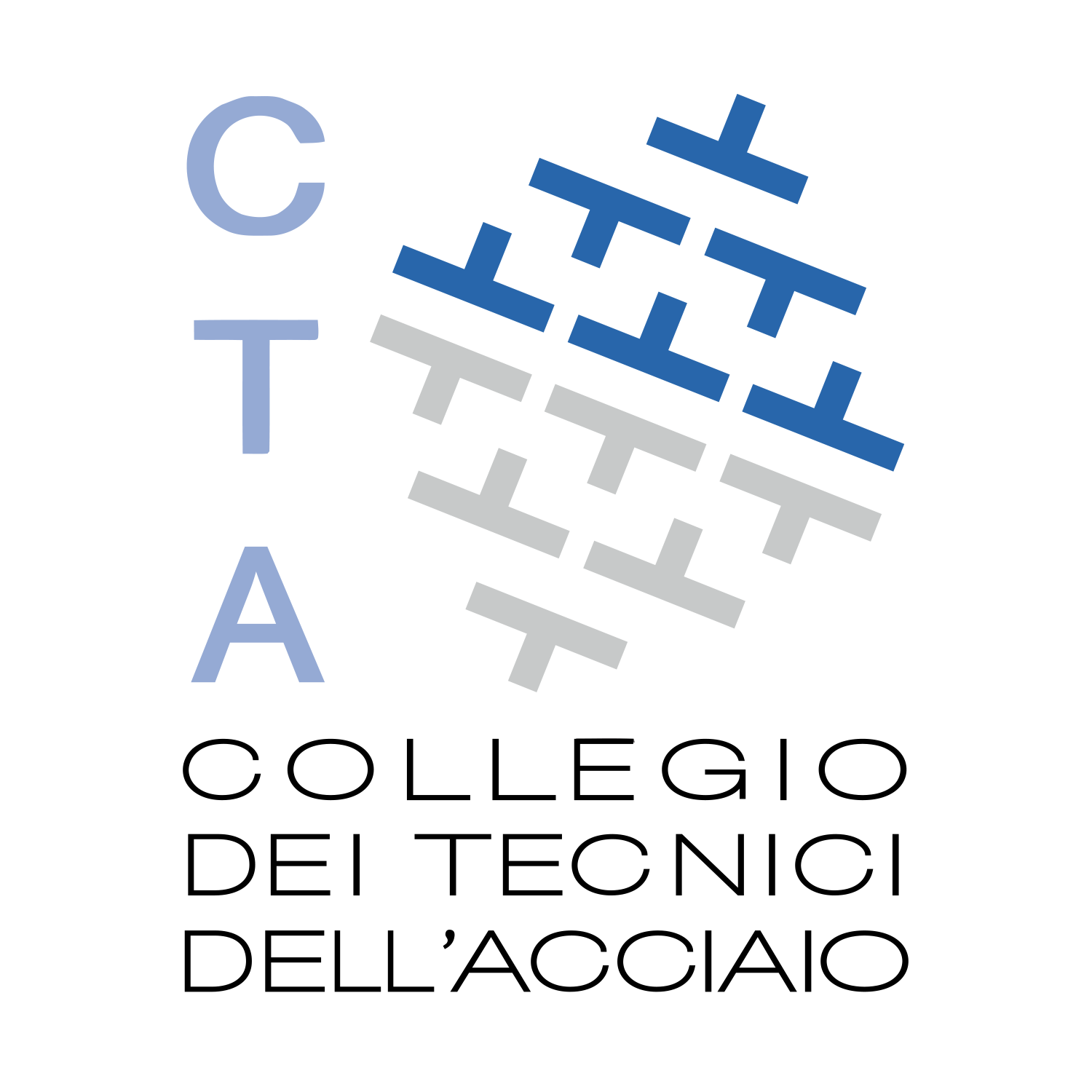Riccardo Zanon, Miguel Candeias | ArcelorMittal Global R&D
Jacques Berthellemy | CEREMA
L’articolo presenta delle considerazioni progettuali relative alla messa in opera di una particolare forma di pendino utilizzata per ponti ad arco a spinta eliminata. La membratura si caratterizza per essere formata da due piastre piane triangolari disposte in maniera speculare e saldate insieme per formare una sezione cruciforme variabile ma con area trasversale costante. Questa tipologia é stata proposta da J.Berthellemy ed applicata a diverse opere costruite in Francia. Nella prassi si sono verificate efficaci per piccoli o medi ponti “bowstring” e non si sono riscontrati problemi relativi alla vibrazione causata dal vento. Tuttavia dal punto di vista formale queste sezioni non sono coperte dal quadro normativo per quanto riguarda l’applicazione del metodo semplificato. Per questo motivo per dei nuovi progetti é stato necessario fare delle considerazioni progettuali complementari (compresi studi numerici avanzati di fluidodinamica computazionale) per validarne l’adeguatezza.
 1. Introduction
1. Introduction
Tied-Arch bridges are a classical structural typology which joins aesthetic and efficiency for spans ranging from 50 to 250 m [1]. The component analysed in this study are the hangers, specific elements which suspend the deck (carrying the traffic load) to the above-standing arch.
Compared to other bridges typologies with long tension members (e.g. cable-stayed bridges), the hangers of tied-arch bridges are elements less endangered by vibration due to their shorter lengths (a simple geometric consideration can show that in tied-arch bridge the longest hangers are in the range of 0,15 / 0,25 times the span, whereas for the cable-stayed bridge is in the range 0,6 / 0,8 times the span). Furthermore, in many cases hangers are realized as bars with significant flexural resistance. Nevertheless, also in tied-arch bridges hangers remain a very slender element and, depending on various conditions, the risk of excessive vibrations may occur. Such events have been detected in real cases, some of them having caused also structural damage [6]. […]
Leggi l’articolo completo su Costruzioni Metalliche, n. 3/2022.

